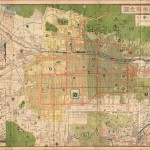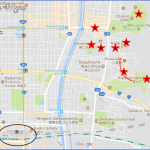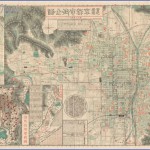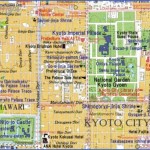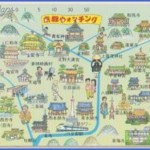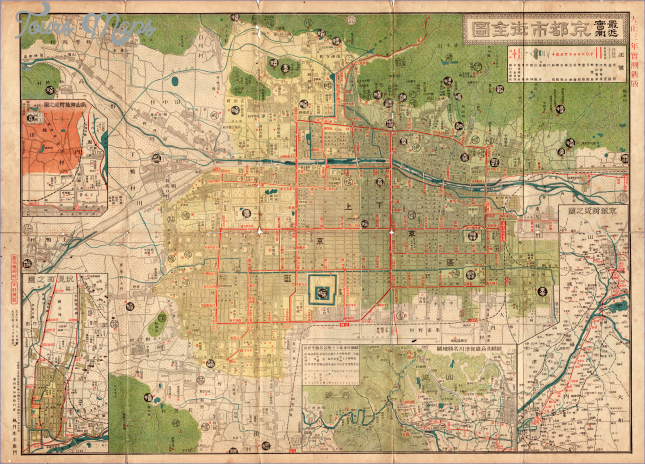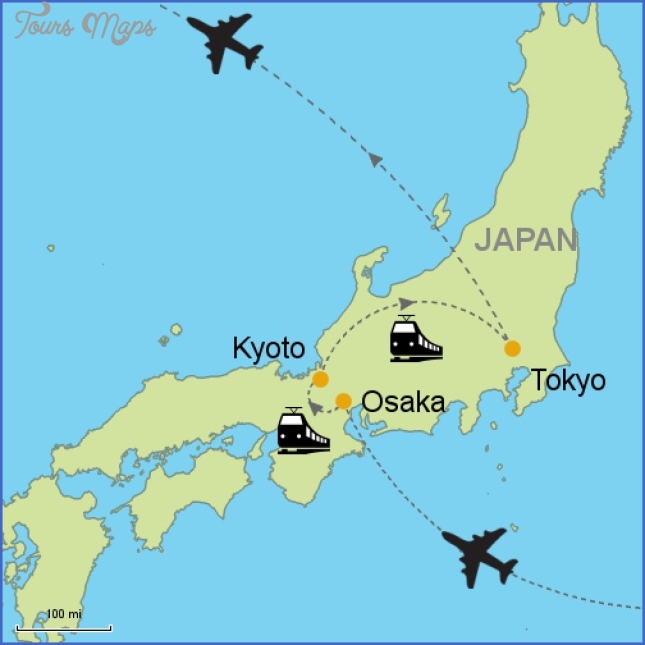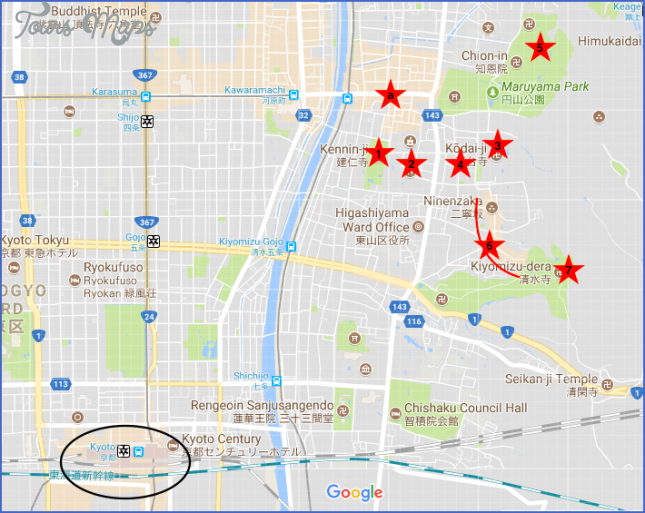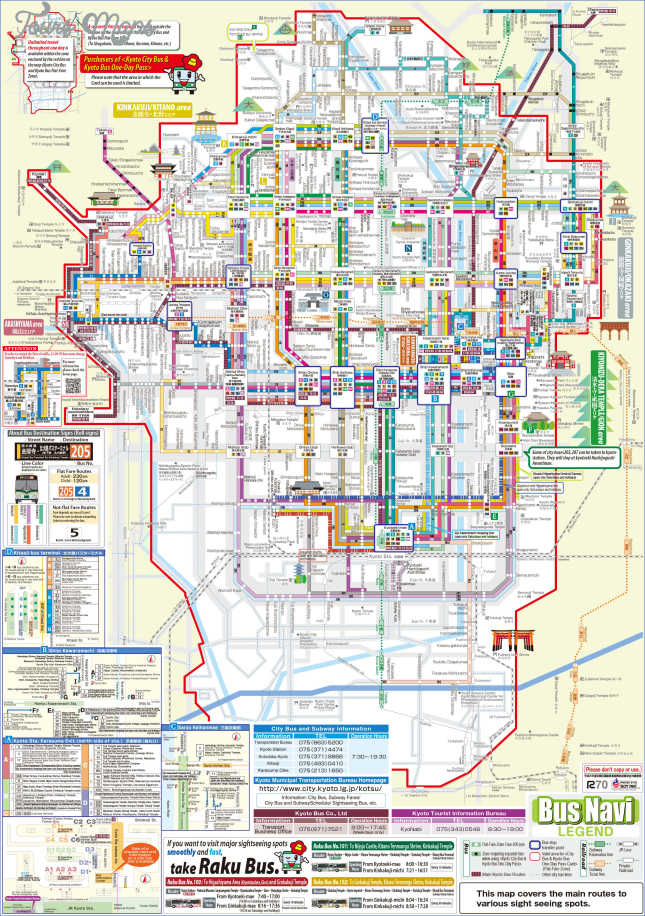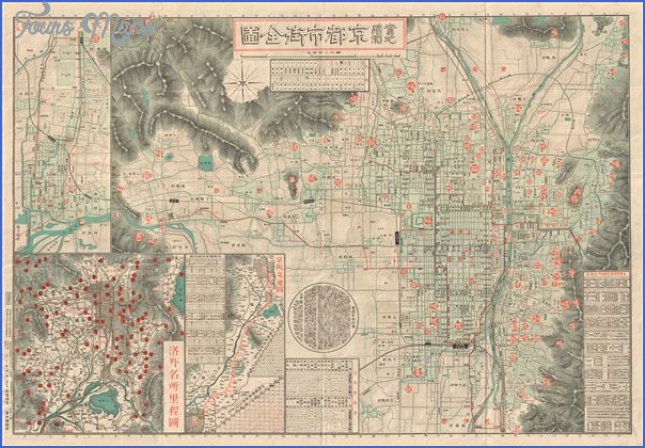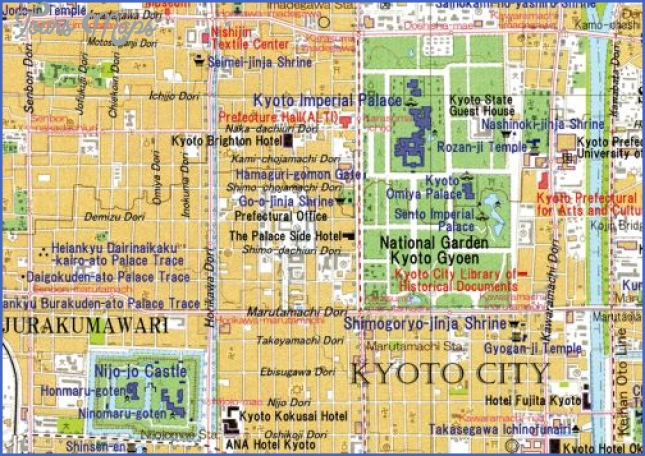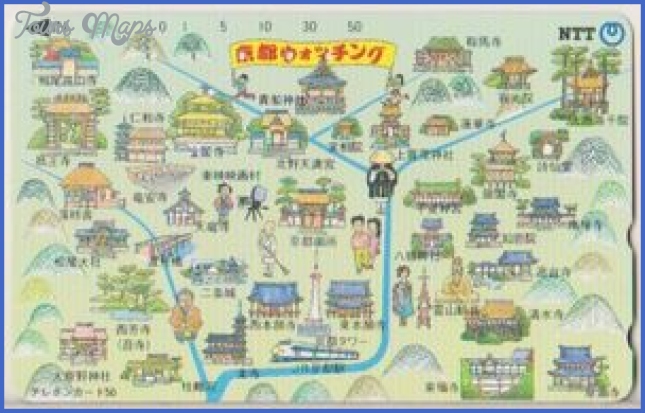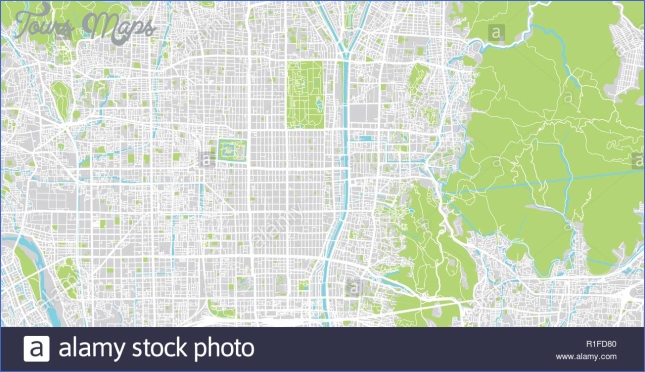Kyoto by Bike
A great number of Kyoto residents depend on their bicycles for daily transportation, riding in any weather, every season, year round. Cycling to work or for shopping, they even grind out narrow, barely perceptible bike trails through the vast gravel avenues of the Kyoto Gyoen National Garden, like deer through a meadow. Visitors, too, can easily explore the city on a rental bike, especially the relatively flat streets and alleys of central Kyoto. Equipped with a simple bell and cargo basket, a bicycle can wonderfully transform one’s perspective of the city and bring great relief to sore feet and tired shoulders. Whether following a carefully mapped-out plan or merely pedaling along until something amazing or just quirky catches the eye, Kyoto by bike is a rolling wonder of cinematic vignettes.
Map Of Kyoto Japan Photo Gallery
The city has an impressive number of bicycle rental shops with quite reasonable rates, and many Kyoto hotels have bikes available as well. Considered to be a very bicycle-friendly city, Kyoto actually has a piecemeal bike lane system, so common sense must be used to safely navigate the busier city streets and sidewalks. Innocent pedestrians do not appreciate getting buzzed from behind without warning, and it is customary to dismount and push one’s bicycle through arcades and other especially crowded venues. A bike light is mandatory at night. Consider any Kyoto bicycle journey as a worthy destination in itself.
A Hanazono biker brakes for a peek in the front gate of Hokongo-in Temple.
A column of foreign visitors pedal upriver on the east bank of the Kamogawa.
An early morning bicycle traffic jam at the Katsura River.
Gion
Kyoto’s Gion district, located east of the Kamogawa River, is home to two very different centuries-old traditions. Gion’s geisha, known as geiko, and their apprentice maiko, continue culturally refined entertaining and dining (and drinking) rituals in ochaya teahouses dating to the 17th century. Gion is also home to the monks and acolytes of Kennin-ji, the oldest Zen Buddhist temple in Kyoto, founded in 1202. Gion’s iconic maiko and reserved Zen monks are elusive elements of equally esoteric disciplines, each requiring years of concentrated study and devotion.
The rare sight of even a single maiko in elaborate silk kimono with her distinctive matte white face and neck makeup and cherry-red lips, rushing to work along a Gion lane can cause such a commotion that the city has recently posted illustrated wooden signs urging tourists to leave the poor beauties in peace. Just a short walk from the landmark Ichirikitei, one of Gion’s most renowned ochaya, unassuming earthen walls topped with clay tiles enclose the spacious temple grounds of Kennin-ji. Frequently unnoticed amidst Gion’s more famous attractions and crowded lanes, the venerable Zen complex of exquisite gardens and ethereal atmosphere is somewhat ironically one of Kyoto’s most inviting and peaceful temples.
The Hanamikoji district at the heart of Gion.
A rickshaw crosses Shijo-dori at the corner of Hanamikoji Street.
Maiko make their way to work along Pontocho Alley.
A composed portrait at the Hojo Abbot’s Hall.
Often overlooked, Kennin-ji, founded in 1202, is Kyoto’s oldest Zen temple.
The Cho-no-tei Garden at Kennin-ji.
Maybe You Like Them Too
- Top 10 Islands You Can Buy
- Top 10 Underrated Asian Cities 2023
- Top 10 Reasons Upsizing Will Be a Huge Travel Trend
- Top 10 Scuba Diving Destinations
- World’s 10 Best Places To Visit

